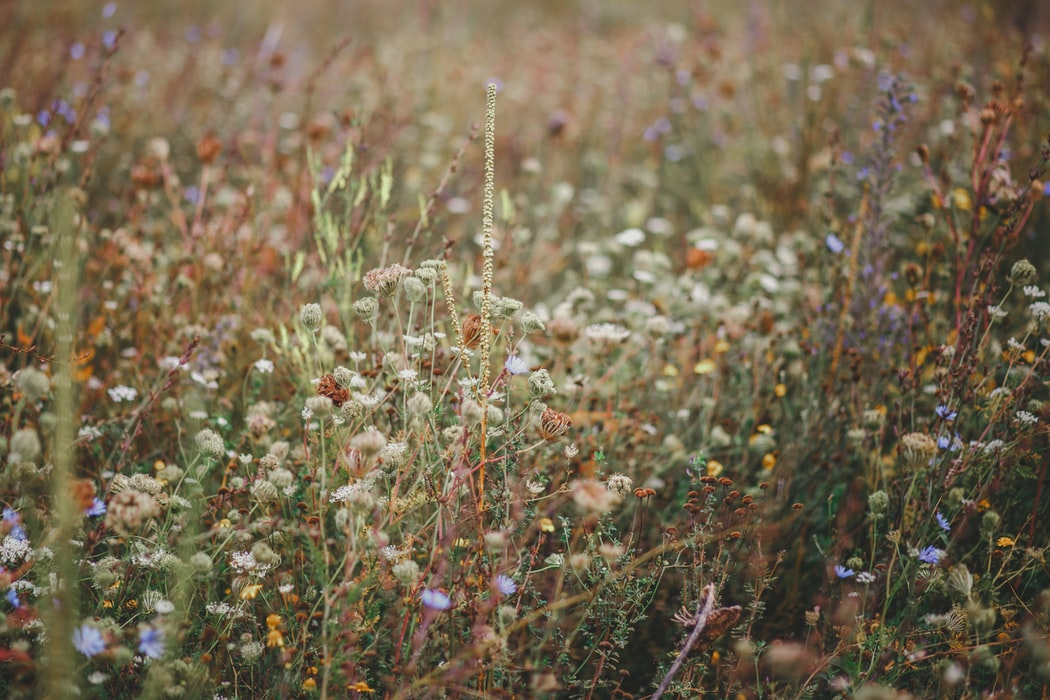
Indicator Plants in the Garden: List and Examples
This article will give you an overview of different indicator plants in the garden or vegetable patch. These plants will give you information about site conditions and ways to improve your garden soil for growing vegetables.
This Article Contains:
- What Are Indicator Plants?
- Indicator Plants in Agriculture
- Indicator Plants: Overview and Examples
- Indicator Plants for Sandy, Light Soil
- Indicator Plants for Heavy, Compacted Garden Soil
- Indicator Plants: Examples of Nitrogen-Rich Soils
- Examples of Indicator Plants: Nitrogen-Poor Soils
- Indicator Plants for Acidic Soil
- Indicator plants for calcareous soil
- Frequently Asked Questions About Pointer Plants
Quick Overview
What Are Indicator Plants?
- Indicators for site and soil conditions
- Help to characterize soil type, air and light conditions; provide information on soil improvement measures for vegetable plants
Using Indicator Plants in the Garden
- Recognize the indicator plants in your garden
- Infer from the indicator plants what kind of soil you have
- Choose the right plants that thrive in your soil
Pointer Plants: Examples
- Sandy soil: savory, lavender, oregano, rosemary
- Heavy soil: parsley, mint
- Nitrogen-rich soil: chickweed, nettle, meadow hogweed and meadow chervil
- Nitrogen-poor soil: lavender, rosemary, sage, wild carrot, dog chamomile
- Acidic soil: bilberry, cranberry, dog chamomile, small dock
- Calcareous soil: chicory, meadow sage, lavender, parsley
What Are Indicator Plants?
Indicator plants are important bioindicators. This means that they can be used to detect environmental changes such as climate change, soil or air pollution. They are better adapted to certain conditions than many other plants. For example, if the soil is too acidic or moist, only those (indicator) plants that do not mind these less optimal conditions will grow there. By observing carefully, you can get an overview of the different microclimate zones in your garden.

Indicator Plants in Agriculture
But what exactly does this have to do with gardening? Wild plants only occur naturally in places to which they are adapted. Species with similar site requirements thrive in their surroundings. By closely observing the species that occur, you can gain insightful information about the location. These plants, which "show" you what kind of location it is, are called indicator plants. If you want to create a new garden or reuse an old fallow one, they can help you to characterize your soil. Air and light conditions are also reflected in the species present. This will tell you which plants can thrive in your soil or which measures you should take to improve the soil. The goal here is a loose, humus-rich soil with a relatively neutral pH value. This corresponds to the average optimum conditions for most crops. Tips for a fertile garden soil can be found here!
Indicator Plants: Overview and Examples
In the following, I would like to introduce you to some soils with suitable indicator plants. When determining the soil using indicator plants, it is important not to draw conclusions about the soil conditions based on just one plant species. Only when several indicator plant species are present can the soil be characterized with sufficient certainty. So if you see soil on which a few dandelions are growing, this does not necessarily mean that the soil is heavy and compacted. It can be helpful to carry out the Simple Soil Test in advance to get an idea of the type of soil in your garden.
Indicator Plants for Sandy, Light Soil
A sandy soil has relatively large particles and is usually a well-aerated, loose soil. Sandy soils have several advantages: The loose soil can be worked well all year round, weeds can often be removed effortlessly, there is hardly any waterlogging and the soil warms up quickly in spring. However, the soil is less good at storing water as it seeps away quickly through the large pores. Organic matter can also hardly bind to the large particles, which means that the soil is quite poor in nutrients and humus. Not a happy starting point for many vegetables. However, the site is ideal for some herbs. You can find Measures to Improve Sandy Soil in this article.
Indicator Plants: Examples for Sandy Soils
| Wild Plants | Herbs | Vegetables |
|---|---|---|
| Annual knawel (Scleranthus annuus) | Savory | Beans |
| Field wormwood (Artemisia campestris) | Borage | Swiss chard |
| Clammy campion (Lychnis viscaria) | Lavender | Horseradish |
| Corn chrysanthemum (Chrysanthemum segetum) | Oregano | Radish |
| Prickly poppy (Papaver argemone) | Burnet | Asparagus |
| Rosemary | Winterpostelein | |
| Sage | Sugar snaps |
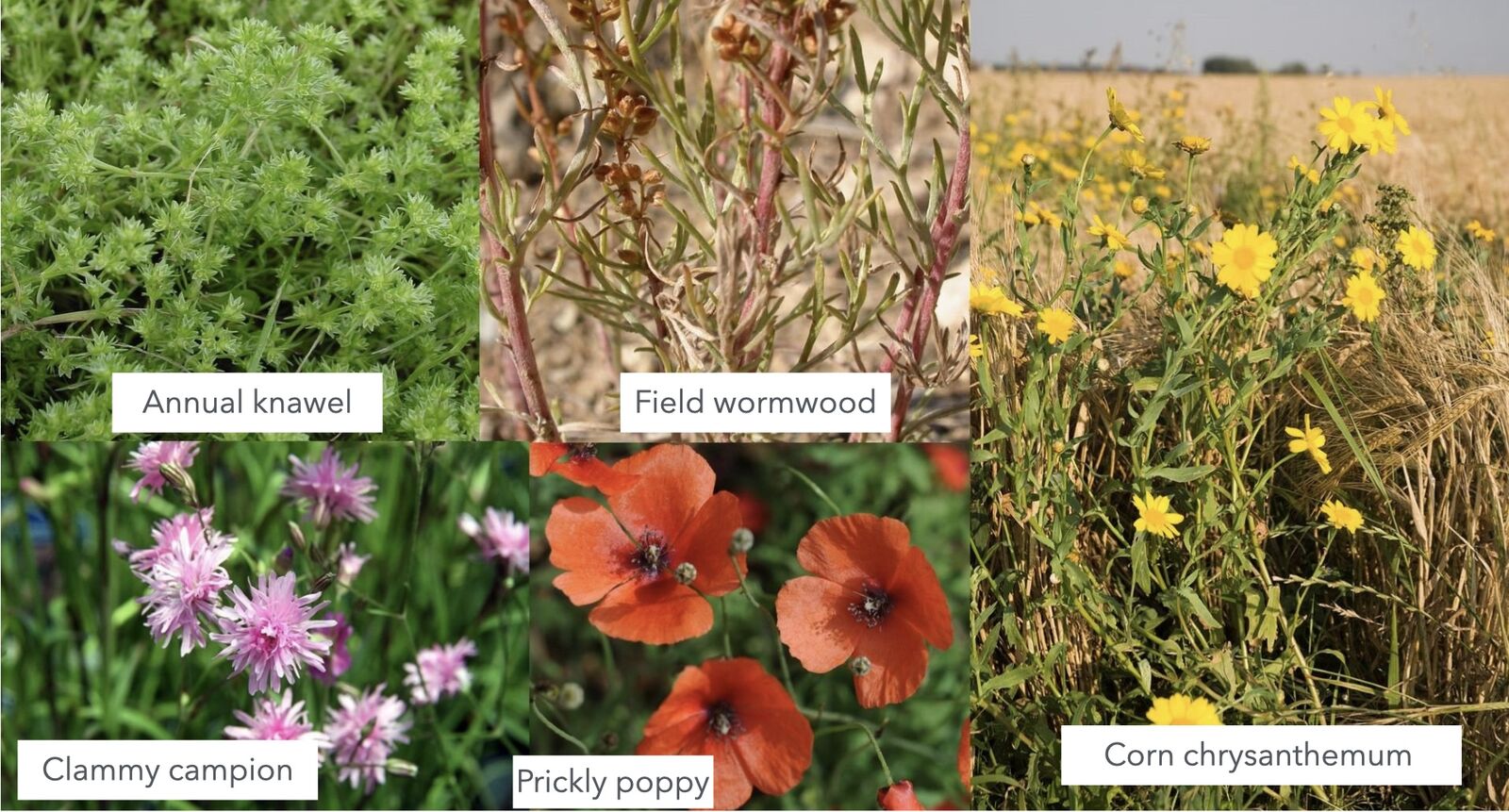
Indicator Plants: Examples of Very Dry, Sandy Soils
Sandy soils are often very dry, depending on the location and water supply. To find out whether you have a very dry location, you can look out for the following indicator plants:
- Dyer's chamomile (Anthemis tinctoria)
- Shadflower (Erophilia verna)
- Bugloss (Lycopsis arvensis)
- Large thyme (Thymus pulegioides)
- Hare's-foot clover (Trifolium arvense)
- Maiden pink (Dianthus deltoides)
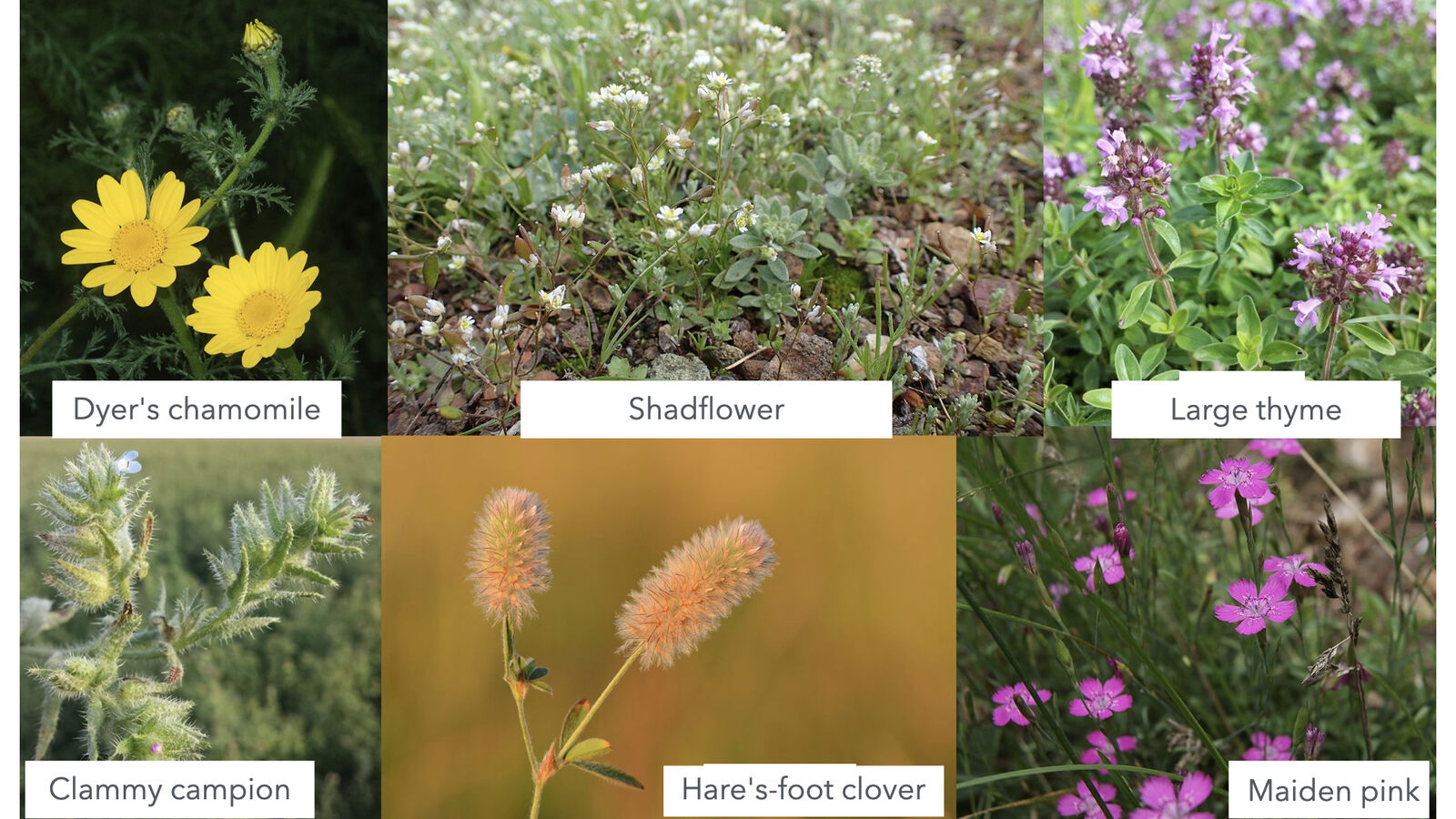

Our Community Has Answers
To exchange ideas with other gardeners and benefit from their experiences, you can visit our Fryd community.
Become Part of Our CommunityIndicator Plants for Heavy, Compacted Garden Soil
Heavy and therefore often compacted soils have a high clay content. This means that many of the soil particles belong to the smallest size fraction. This creates tiny fine pores, which only allow a small amount of oxygen into the soil. The small particles are strongly bound together, making it difficult for many plant roots to work their way through the solid soil. Compacted soil is also a challenge for gardeners. It is often almost impossible to work the soil with a spade. Especially when it is damp, the soil soaks up a lot of water, making it very heavy. However, the high storage capacity can certainly be an advantage: Nutrients and organic matter can bind to the small particles much more easily, which means less fertilizer is washed out. You also need to water less, as the water can be kept in the soil for longer. However, the higher water content also means that the soil warms up much more slowly in spring, which means you can get started with your crops later. Tips for Improving Heavy Soils can be found here in the article.
Pointer Plants: Table With Examples of Heavy Soil
| Wild Plants | Herbs | Vegetables |
|---|---|---|
| Common horsetail (Equisetum arvense) | Parsley | Bush beans |
| Dandelion (Taraxacum officinale) | Mint | Cabbage |
| Silverweed (Potentilla anserina) | Courgette | |
| Waybread (Plantago major) | Tomatoes |

Table: Indicator Plants for Moist, Heavy Soils
The many small pores in heavy soils store a particularly large amount of water. Here are some wild plants that indicate a moist location with heavy soil:
| Wild Plants | Herbs |
|---|---|
| Bullrus (Juncus effusus) | Chives |
| Creeping Crowfoot (Ranunculus repens) | Mint |
| Compact rush (Juncus conglomeratus) | Watercress |
| Field mint (Mentha arvensis) | |
| Foalfoot (Tussilago farfara) | |
| Meadowsweet (Filipendula ulmaria) | |
| Purple moor grass (Molinia caerulea) | |
| Wood clubrush (Scirpus sylvaticus) |
Our tip: Heavy soils tend to be waterlogged, which can lead to oxygen-depleted conditions in the soil and therefore at the plant roots. Most crops cannot cope with this. So if you want to grow vegetable plants, you definitely need to improve the soil and, depending on the moisture level, possibly install drainage.
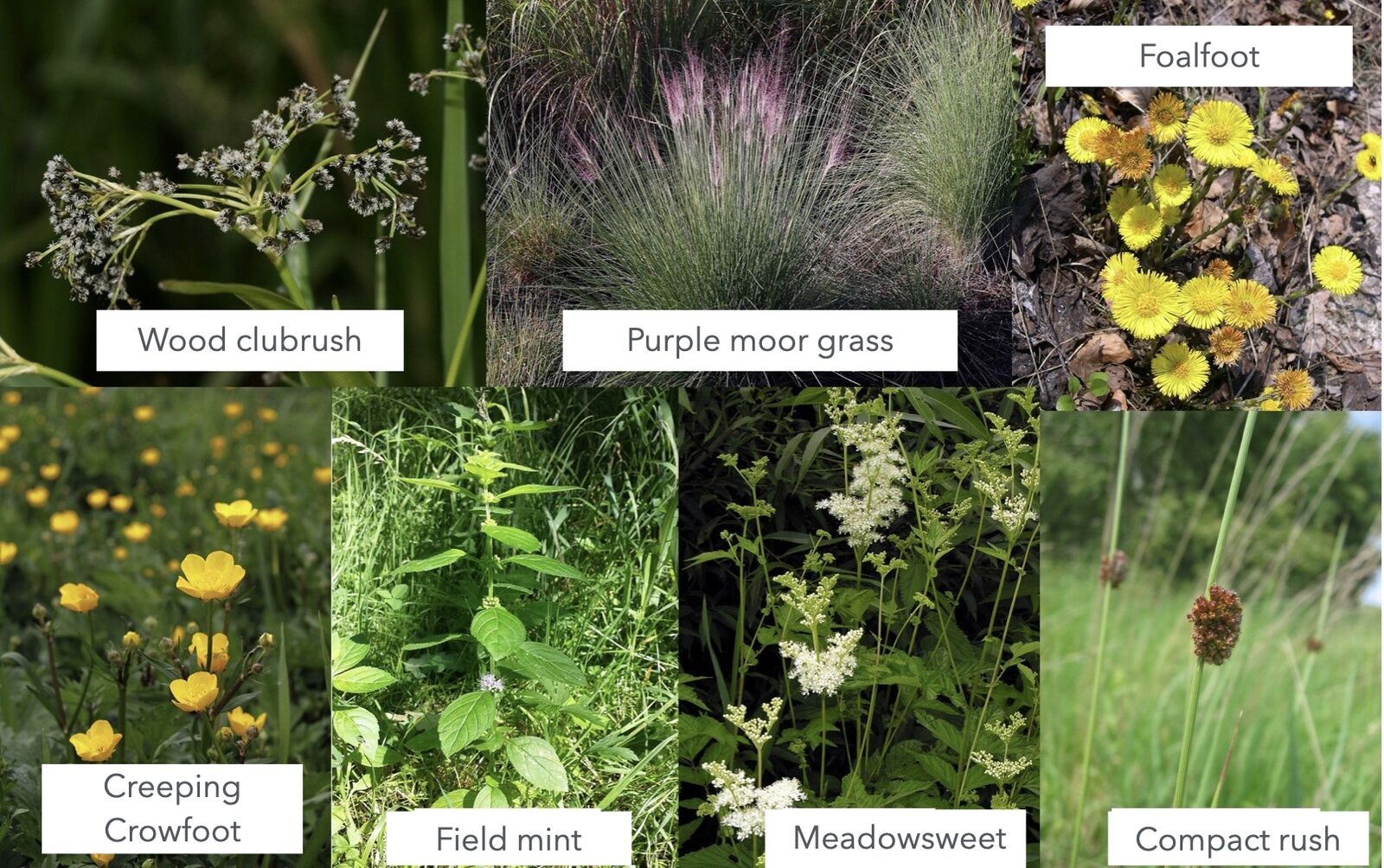
Indicator Plants: Examples of Nitrogen-Rich Soils
A high nitrogen content means that plants with a high nutrient content in particular can thrive. Nitrogen-rich sites are often dominated by a few plants that are particularly competitive. These soils provide the best conditions for growing a vegetable patch. In this case, you do not need to apply any improvement measures.
Table: Indicator Plants for Nitrogen-Rich Soils
| Wild Herbs | Vegetables |
|---|---|
| Stinging nettle (Urtica dioica und Urtica urens) | Cucumber |
| Fumitory (Fumaria officinalis) | Potatoes |
| Gallant soldier (Galinsoga parviflora) | Pumpkins |
| Mugwort (Artemisia vulgaris) | Cabbage |
| Sheperd's purse (Capsella bursa-pastoris) | Leeks |
| Cleavers (Galium aparine) | Celery |
| Spear saltbush (Atriplex patula) | Tomatoes |
| Black elderberry (Sambucus nigra) | Corn |
| Chickweed (Stellaria media) | |
| Goosefoot (Chenopodium album) | |
| Hogweed (Heracleum sphondylium) | |
| Wild chervil (Anthriscus sylvestris) |
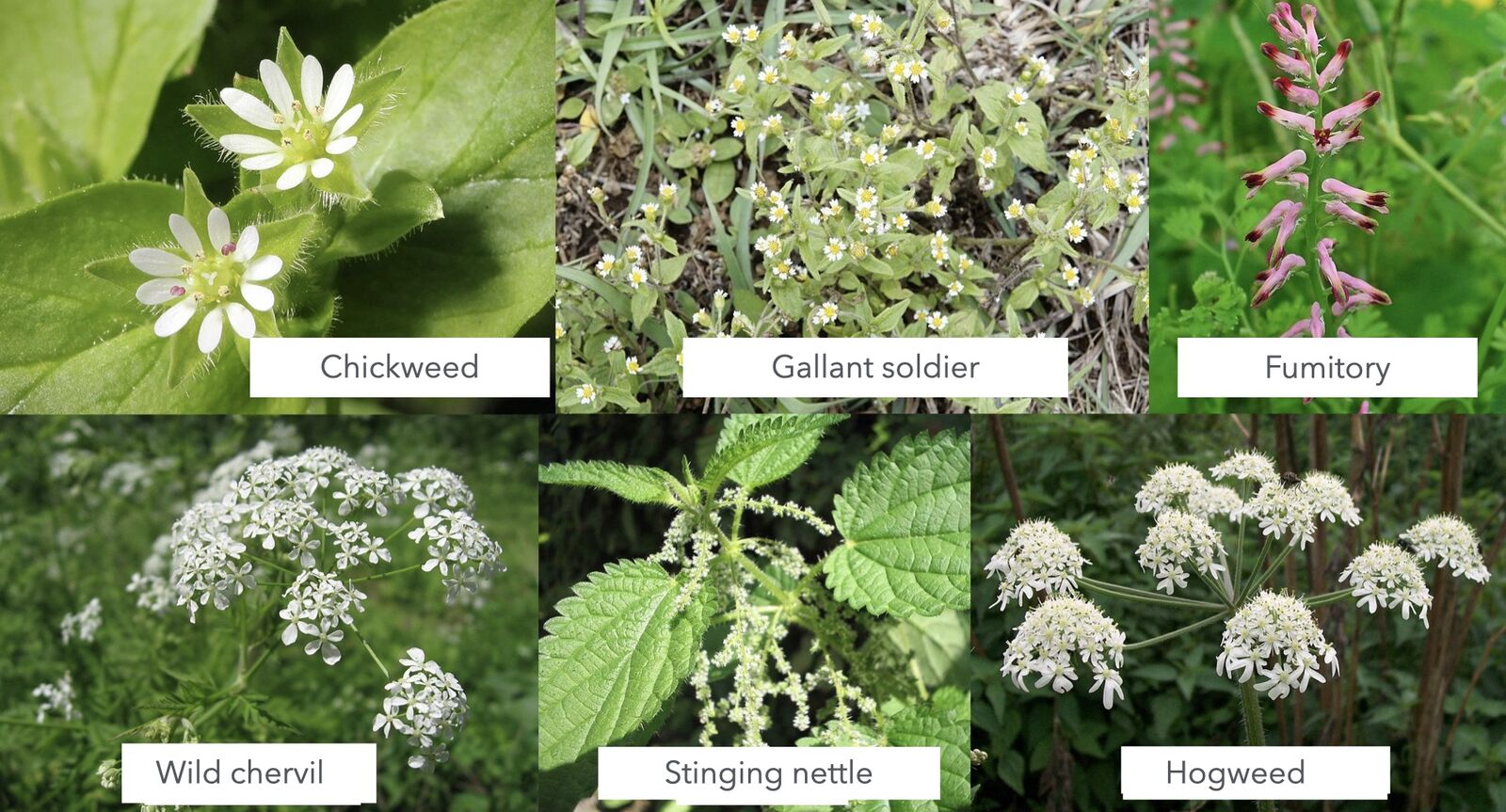
Examples of Indicator Plants: Nitrogen-Poor Soils
Nitrogen-poor soils need more organic matter or other, preferably Organic, Fertilization Measures Every plant needs sufficient nitrogen in order to thrive. Most crops often have a particularly high requirement. Some light feeder crops can still thrive on low-nitrogen soils if you combine them with legumes such as beans. Some Mediterranean herbs even prefer soils low in humus and nitrogen.ops
Indicator Plants of Nitrogen-Poor Soils
| Wild Plants | Herbs |
|---|---|
| Field chamomile (Anthemis arvensis) | Rosemary |
| Large thyme (Thymus pulegioides) | Lavender |
| Mouse-ear hawkweed (Hieracium pilosella) | Sage |
| Sheep's-fescue (Festuca ovina) | |
| Sweet vernal grass (Anthoxanthum odoratum) | |
| Wild carrot (Daucus carota) |

Indicator Plants for Acidic Soil
Some soils are naturally acidic. Acidic means that the pH value of the soil is low. However, the soil can also become acidic due to environmental influences. In humid climate zones, soils acidify naturally. A lot of precipitation dissolves the naturally occurring lime particles and washes them out. Acid rain, CO2 that comes from the respiration of soil organisms or protons excreted by plant roots are other natural factors that affect the pH value of the soil. Agriculture also contributes to soil acidification through soil cultivation and acidic fertilizers. To improve acidic soil, it can help to lime your garden soil regularly. You can find tips on Liming Garden Soil and an Overview of Different Lime Fertilizers in this article. Many vegetables prefer a slightly acidic soil pH. However, if the following plants are growing in your garden, the soil is a little too acidic for a successful vegetable harvest.
Indicator Plants for Acidic Soils: A Table
| Wild Plants | Beeries |
|---|---|
| Bracken (Pteridium aquilinum) | Blueberry |
| Blueberry (Vaccinium myrtillus) | Cowberry |
| Field chamomile (Anthemis arvensis) | Kiwi |
| Heather (Calluna vulgaris) | Quince |
| Mat grass (Nardus stricta) | |
| Sheep sorrel (Rumex acetosella) | |
| Softgrass (Hulcus mollis) | |
| Wavy hair grass (Avenella flexuosa) |

Indicator plants for calcareous soil
Lime-rich soils have a high pH value (over 7). A lot of lime in soils ensures that the nutrient salts are dissolved in the water, which quickly leads to leaching. This is why calcareous soils tend to be poor in nutrients. Plants that grow on them can suffer from deficiency symptoms such as chlorosis or stipple, which can be attributed to a lack of nutrients. Soil that is too calcareous is therefore also problematic for some plants. Soil that is too calcareous can be improved and the soil pH lowered with acidic rock powders. You can find Tips on Using Rock Powders in the article on this topic.
Table: Examples of Indicator Plants for Calcareous Sites
| Wild Plants | Herbs | Berries | Vegetables |
|---|---|---|---|
| Chicory (Cichorium intybus) | Lavender | Blackberries | Asparagus |
| Field larkspur (Consolida regalis) | Parsley | Gooseberries | Beetroot |
| Germander(Teucrium chamaedrys) | Black salsify | ||
| Meadow sage (Salvia pratensis) | Cabbage | ||
| Small burnet (Sanguisorba minor) | Carrots | ||
| Summer adonis (Adonis aestivalis) | Celery | ||
| Swiss chard | |||
| Onions |

Now you have some information about indicator plants. I hope I have been able to give you a better understanding of the subject so that the next time you go for a walk in nature, you might even recognize what kind of location it is. But you can now also find out what the conditions are in your garden.
If you have any questions or comments, please write to us at [email protected]. To never miss an article again, follow us on Instagram and Facebook or sign up directly for our newsletter.
Want to get helpful gardening tips all year round and plan your own beds in the best possible way? Then register here or download the Fryd app for Android or iOS.
Fryd - Your digital bed planner

Isabell
Isabell studies agricultural sciences and loves to be surprised by nature and its complexity again and again. Herbs - whether gathered wild or in the garden - are her passion.
Learn MoreCurrent Topics in the Community

Liked 1 times
My winter onions are also growing quite well. They are of the Red Cross variety. I planted them on 28.10 in a felt pot 60x30x20 cm
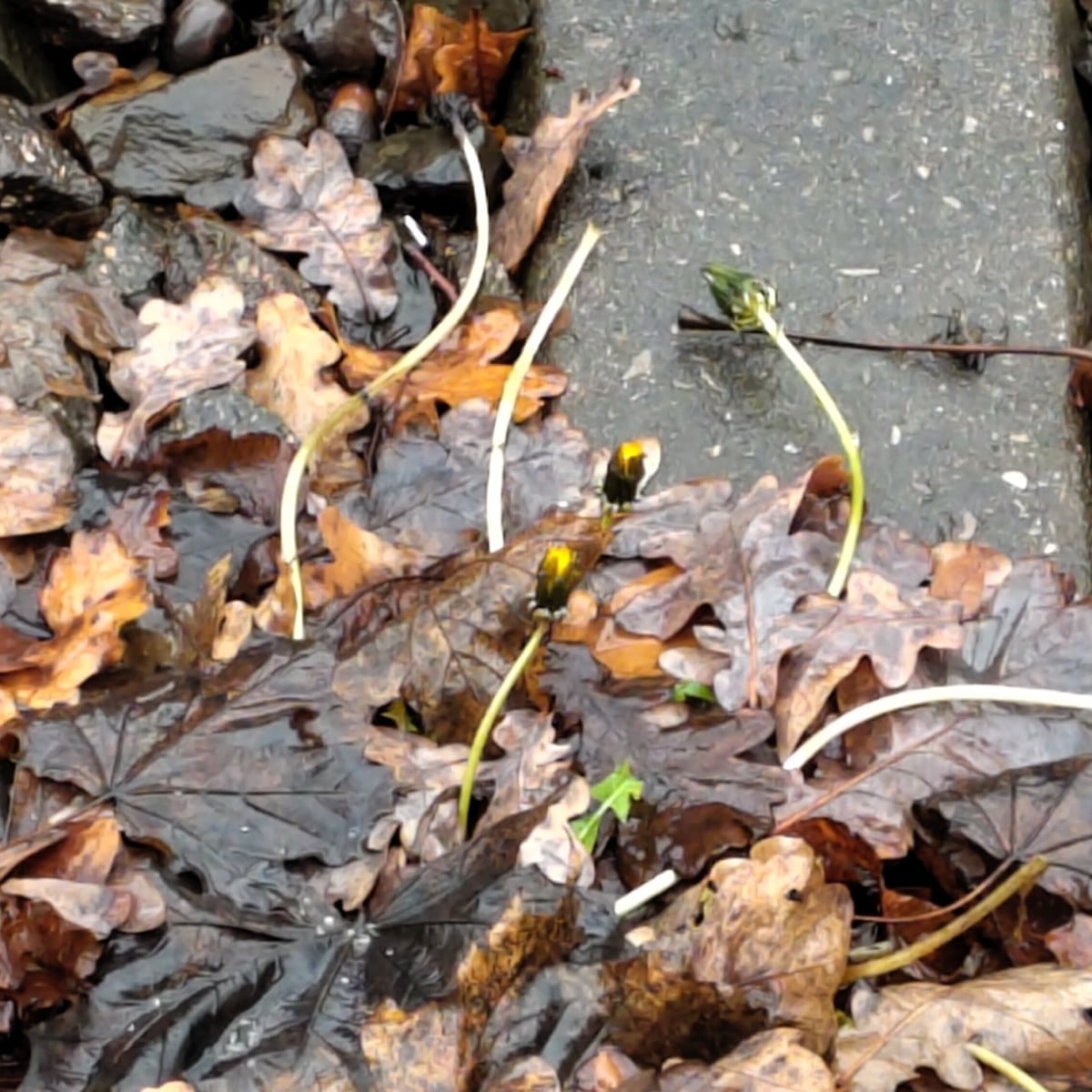
Liked 6 times
Another post from the curiosities section: I noticed this dandelion at the streetcar stop in a 'wintry' 13°C weather. It obviously thinks that snow and double-digit frost were enough winter and is now pushing new flowers through the foliage. It's a shame it's by the tracks, otherwise it would probably have ended up in my salad. 😋
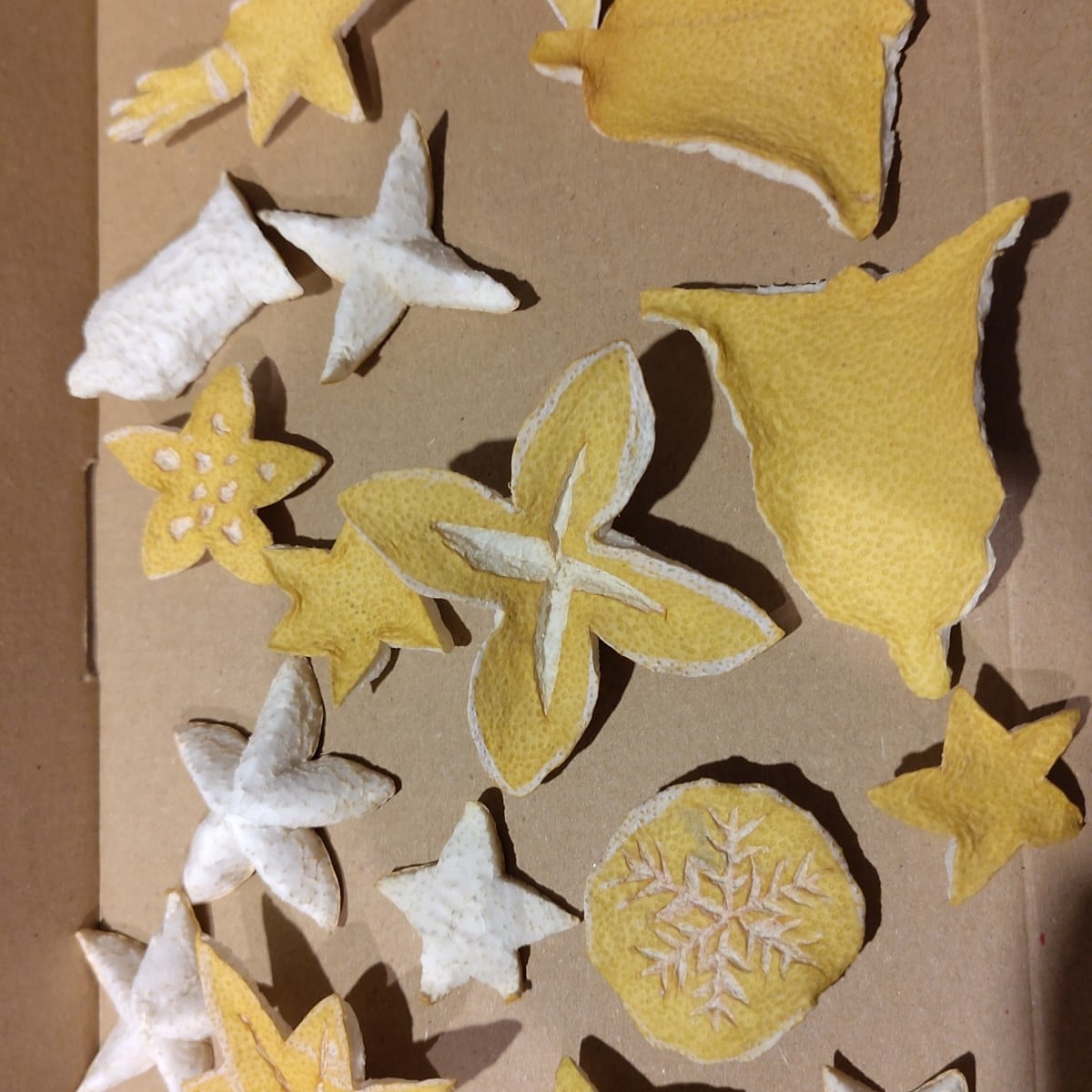
Liked 16 times
As a suggestion for those who eat citrus fruits and have some time in the evening: simply cut a few simple shapes out of them with a sharp knife and dry them on the heater. The next day it was bone dry in our house ;)
Show 3 answersPopular Articles

Overwintering Parsley: How to Do It Successfully

How to Grow Lettuce in Winter: Varieties, Sowing, Harvesting

Growing Sage Plant: Tips for Sowing and Harvesting

What Herbs Can Be Planted Together?

Create & Design a Permaculture Garden

Overwintering Plants: Tubs, Pots and Raised Beds

Pruning, Fertilizing & Propagating Currants: Care Tips

Pruning Raspberries: How to Do It

Vegetable Garden With Greenhouse: How to Use Greenhouse Effect

Winterizing Beds and the Garden: How to Do It
FAQ
What are indicator plants anyway?
Indicator plants are so-called bioindicators and give you clues about the prevailing site conditions. They help you to characterize your garden soil as well as air and light conditions. This will help you find suitable measures to improve your garden soil if necessary.
What are indicator plants for sandy soils?
Herbs such as savory, lavender, sage and borage like to grow in sandy soil. If it is particularly dry, you may find dyer's chamomile, rabbit's clover or heather in your garden.
Which plants are indicator plants for acidic soil?
Many berries, such as blueberries or cranberries, prefer to grow on acidic soils. But you can also find plants such as small dock, bracken or heather on acidic soils.
What are indicator plants of calcareous soils?
Indicator plants such as gamander, summer adonis and chicory like to grow in calcareous garden soils. Blackberries and gooseberries also like slightly alkaline sites.
Which indicator plants grow on heavy soil?
Wild herbs such as horsetail, dandelion and broadleaf plantain like to grow on heavy, usually compacted soils. Herbs such as parsley and mint are also sometimes found. Vegetable plants that thrive on heavy soils are cabbage, tomatoes, zucchinis and bush beans.
Which plants indicate damp soil?
Herbs such as chives, mint and watercress grow in damp locations. You can also often find creeping buttercup, madesweet or whistling grass here.